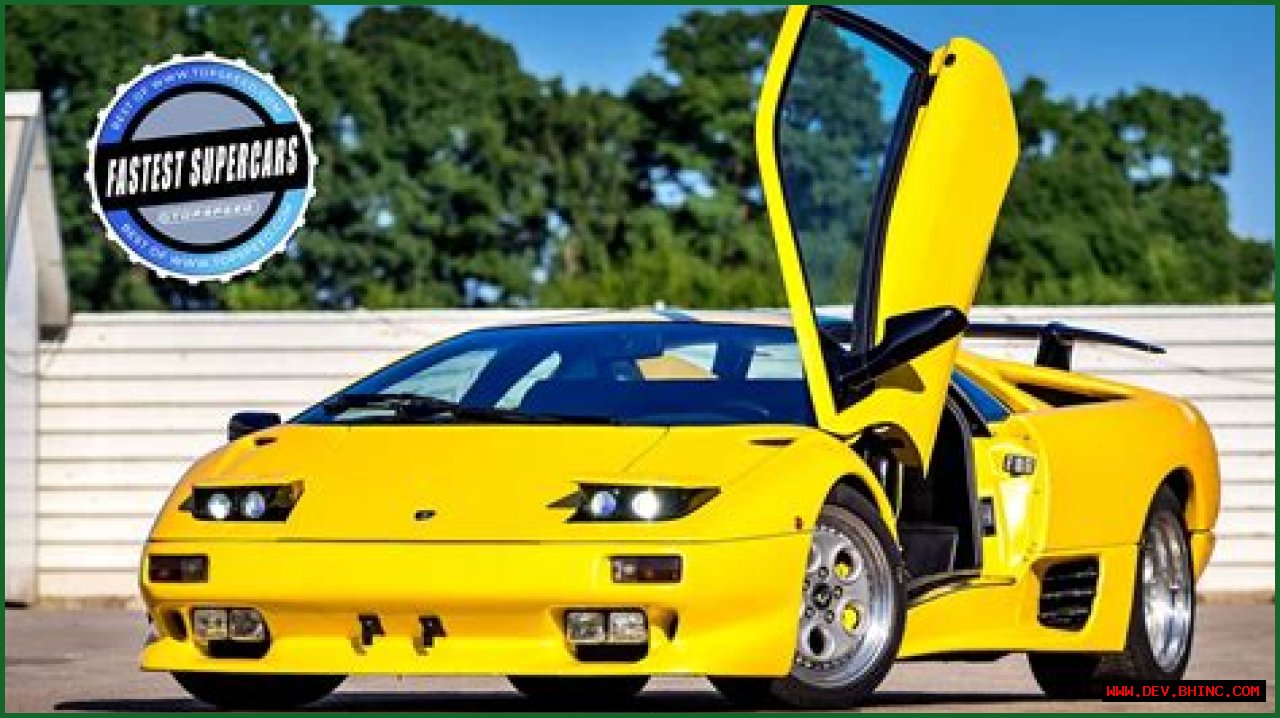What is the top speed of a police car?
**What is the Top Speed of a Police Car?**
Police cars are designed to be fast and powerful in order to catch up to or pursue suspects. The top speed of a police car varies from model to model, but it generally ranges from 120 to 155 miles per hour. Some high-performance police cars, such as the Dodge Charger Pursuit and the Ford Police Interceptor, can reach even higher speeds, with some models capable of reaching 160 miles per hour or more.
In addition to the high speed capabilities, police cars are also equipped with heavy-duty brakes, suspension, and tires to help with handling at high speeds. They are also often fitted with specialized tools and equipment to assist in law enforcement tasks, such as radios, computers, and spotlights.
Frequently Asked Questions About Police Car Speed
**How Fast Are Police Cars in Pursuit?** Police cars are designed to be able to drive at high speeds in pursuit of suspects, which is why they have high-performance engines and other modifications. During a pursuit, police cars can reach speeds of up to 150 miles per hour, depending on the model and terrain.
👉 For more insights, check out this resource.
**What Makes Police Cars So Fast?** Police cars are modified to enhance speed and performance. They have powerful engines, heavy-duty suspension and brakes, and other modifications that allow them to reach high speeds. They are built for quick response and pursuit of suspects.
**Are Police Cars Faster Than Regular Cars?** Police cars are generally faster than regular civilian cars. They are designed with powerful engines and other modifications that allow them to reach high speeds. Additionally, they are equipped with specialized tools that help law enforcement officers carry out their duties effectively.
👉 Discover more in this in-depth guide.
**How Long Do Police Cars Last?** Police cars typically have a shorter lifespan than regular civilian cars due to the demanding nature of police work. They are often driven for long periods of time at high speeds, which can lead to increased wear and tear on the engine and other components. As a result, police departments usually replace their vehicles every 3-5 years.
**What Are Some of the Fastest Police Cars?** Some of the fastest police cars on the market include the Dodge Charger Pursuit, the Ford Police Interceptor, and the Chevrolet Caprice PPV. These high-performance vehicles are capable of reaching speeds of 160 miles per hour or more, making them formidable in pursuit situations.
**Do High-Speed Chases Pose Risks to Officers and the Public?** High-speed chases are inherently dangerous for both law enforcement officers and the public. They can lead to accidents, injuries, and even fatalities. As a result, many police departments have specific guidelines and protocols in place to minimize the risks associated with high-speed pursuits.
**How Does Engine Performance Impact Police Car Speed?** Engine performance is a critical factor in determining a police car’s speed. Vehicles with powerful engines are able to accelerate quickly and reach higher speeds, which is essential in pursuing suspects and responding to emergencies.
**Are There Speed Limitations on Police Cars?** While police cars are capable of reaching high speeds, law enforcement officers are still required to obey speed limits and traffic laws. They must balance the need for speed with the safety of themselves and others on the road.
**What Role Do Tires Play in Police Car Speed?** Tires are a crucial component of a police car’s speed and performance. High-quality, high-speed tires are essential for maintaining traction and stability at high speeds. Police cars are often equipped with specialized tires capable of withstanding intense driving conditions.
**What Modifications Are Made to Boost Police Car Speed?** Several modifications are made to enhance the speed and performance of police cars. These include upgraded engines, heavy-duty suspension and brakes, high-speed tires, and other specialized equipment to assist in law enforcement duties.
**What Is the Average Response Time for a Police Car?** The average response time for a police car varies depending on the location and the specific circumstances. In urban areas, where police cars are more readily available, response times may be shorter than in rural areas. However, police departments strive to minimize response times to emergencies.
**How Do Police Officers Train to Drive at High Speeds?** Law enforcement officers undergo specialized training to learn how to drive at high speeds safely and effectively. This training includes defensive driving techniques, pursuit tactics, and emergency response protocols.
**What Safety Measures Are In Place for High-Speed Police Operations?** Police departments have specific safety measures and protocols in place for high-speed operations. These include risk assessment, communication protocols, and pursuit intervention techniques to minimize the risks associated with high-speed pursuits.
**What Impact Does Weight Have on Police Car Speed?** The weight of a police car can impact its speed and performance. Heavier vehicles may have lower acceleration and top speeds, while lighter vehicles may be more agile and responsive. Police cars are designed with a balance of weight and performance in mind.
**Are There Speed Testing Requirements for Police Cars?** Police departments often conduct regular speed testing and performance evaluations on their vehicles to ensure they are operating at their optimal levels. This helps maintain the safety and reliability of police cars for pursuit and emergency response.
**Conclusion** *Do not add a concluding statement at the end.
In conclusion, the top speed of a police car is a critical factor in law enforcement operations, especially in pursuit and emergency response situations. Police cars are built for speed, with powerful engines, specialized modifications, and high-performance capabilities. However, it’s important to note that high-speed operations come with inherent risks, and law enforcement officers must balance the need for speed with the safety of themselves and the public. By adhering to specific training, safety measures, and protocols, police officers can effectively utilize the speed and performance of their vehicles to carry out their duties.
